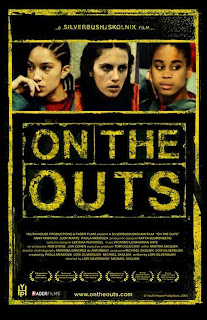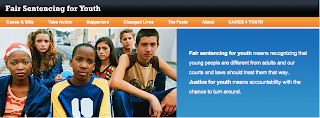As reported on Forbes online (by the Associated Press):
More than 4,000 female inmates in California could qualify to serve the rest of their sentences at home, as state officials begin complying with a law designed to keep children from following their parents into a life of crime.
The alternative custody program is for less serious offenders. Qualifying inmates must have less than two years left on their sentences, which would be completed while they are tracked by GPS-linked ankle bracelets and report to a parole officer.
. . .
About two-thirds of the 9,484 female inmates in California’s prison system are mothers whose children are currently with relatives or in foster care, though many of those women won’t qualify for alternative custody.
About 45 percent of the state’s female inmates potentially qualify for the program under the law former Gov. Arnold Schwarzenegger signed last year.
Those convicted of sexual offenses are not eligible. To win release, inmates also must compete for a limited number of rehabilitation programs offered by nonprofit and community organizations.
That will sharply reduce the number of women actually freed, said Dana Toyama, a spokeswoman for the California Department of Corrections and Rehabilitation. With no state money for the program, the community organizations are offering services to as many inmates as they can handle for free.
Case managers will determine if qualified inmates have family support, a suitable home and transportation, and are enrolled in drug rehabilitation, anger management or other programs, Toyama said.
“”It’s not like we’re just putting them out in the community and saying good luck,” she said.
The inmates can go to a home, a residential substance-abuse treatment program or a transitional-care facility. Those who complete rehabilitation programs can earn extra time off their sentences.
Women account for less than 6 percent of the nearly 161,000 adults in California prisons. Toyama said men could one day be included in the early release program as the department looks for ways to save money and seeks to comply with the federal court order to reduce its prison population.
The program could save the state $6 million in reduced prison costs next year. No inmates are likely to be released for at least 30 days because the department must first notify local law enforcement.
However, Toyama said the entire program could be short-lived because of a more sweeping law that takes effect Oct. 1.
Under Gov. Jerry Brown’s prison realignment plan, tens of thousands of lower-level criminals who otherwise would go to state prisons will instead be sentenced to county jails and rehabilitation programs if they are convicted after that date.


